A new 3D-printing technique makes rapid self-tests based on lateral flow technology less expensive and easier to scale.
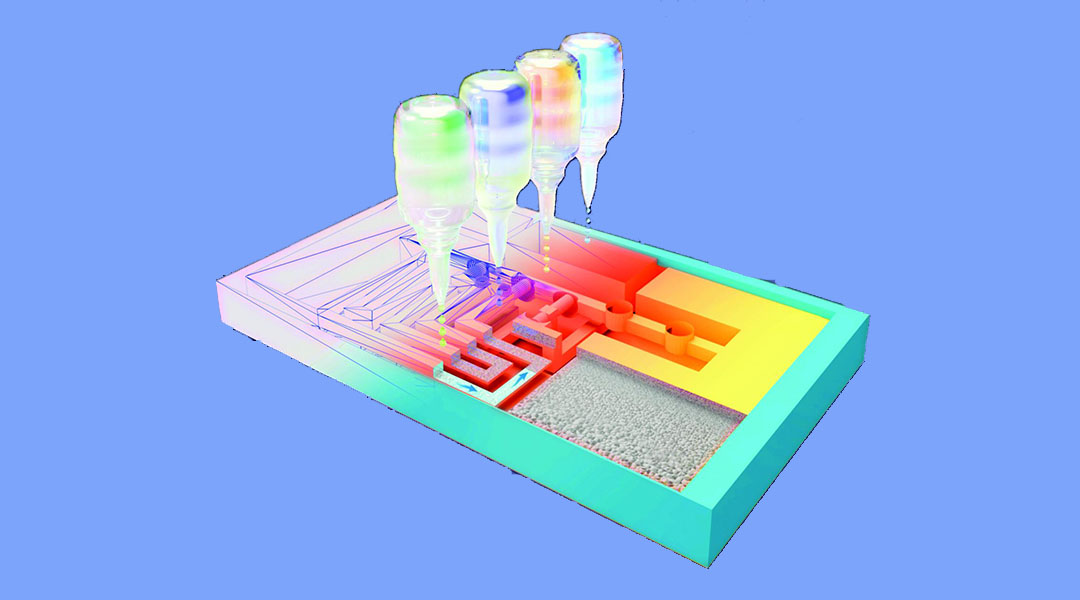

A new 3D-printing technique makes rapid self-tests based on lateral flow technology less expensive and easier to scale.
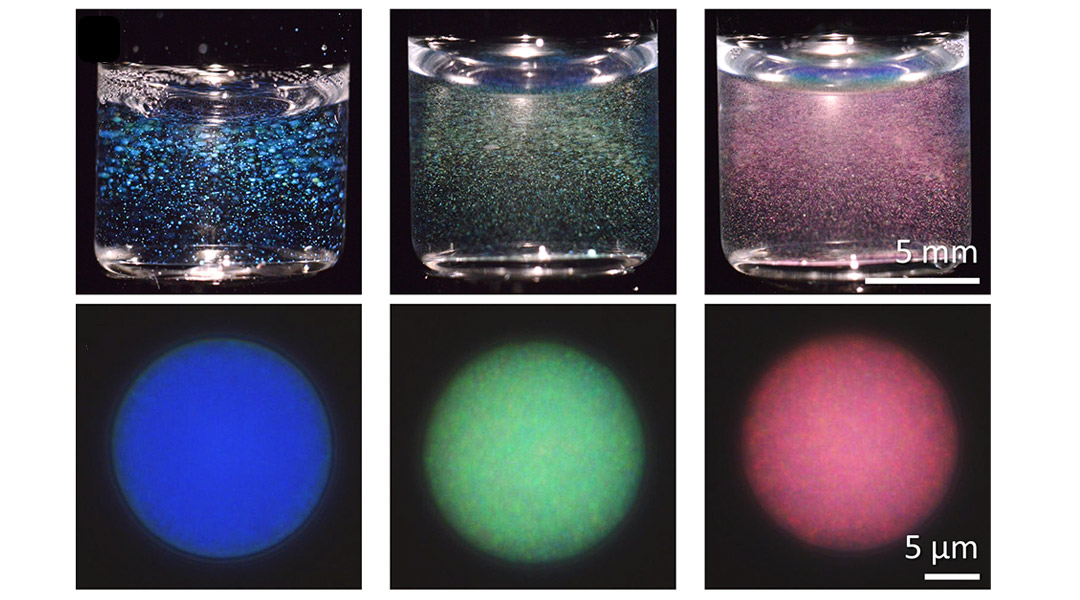
Researchers create a new and elegant way of producing nanostructured microparticles, yielding a vibrant palette of colors from a single polymer brush.

This method of purification under natural sunlight opens a new paradigm in clean water production using renewable solar energy.
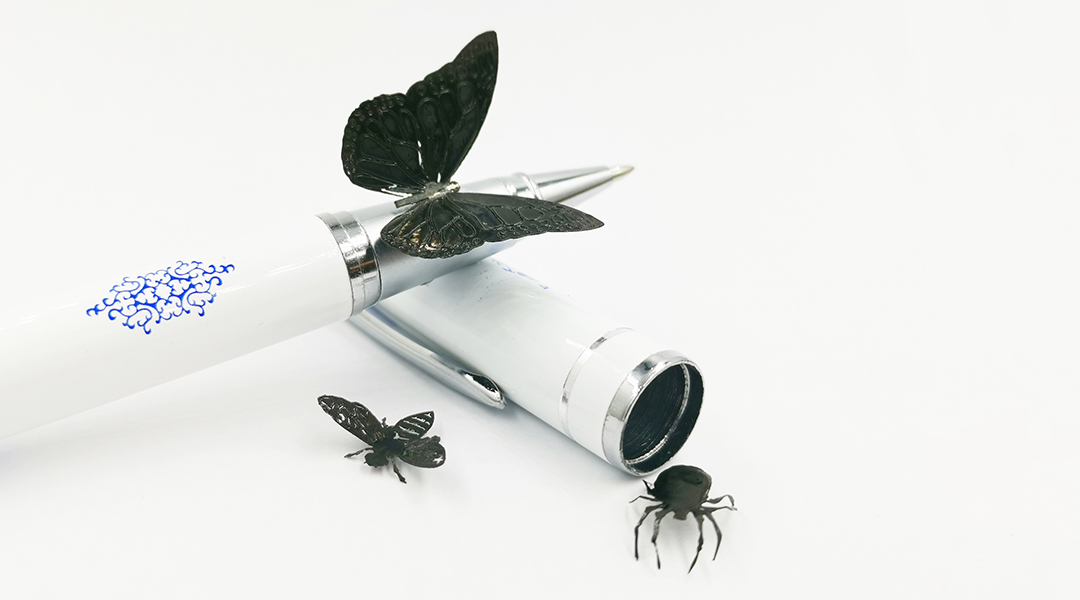
Researchers recreate the somatic nervous system in robots, allowing them to convert feeling into movement under different stimuli.
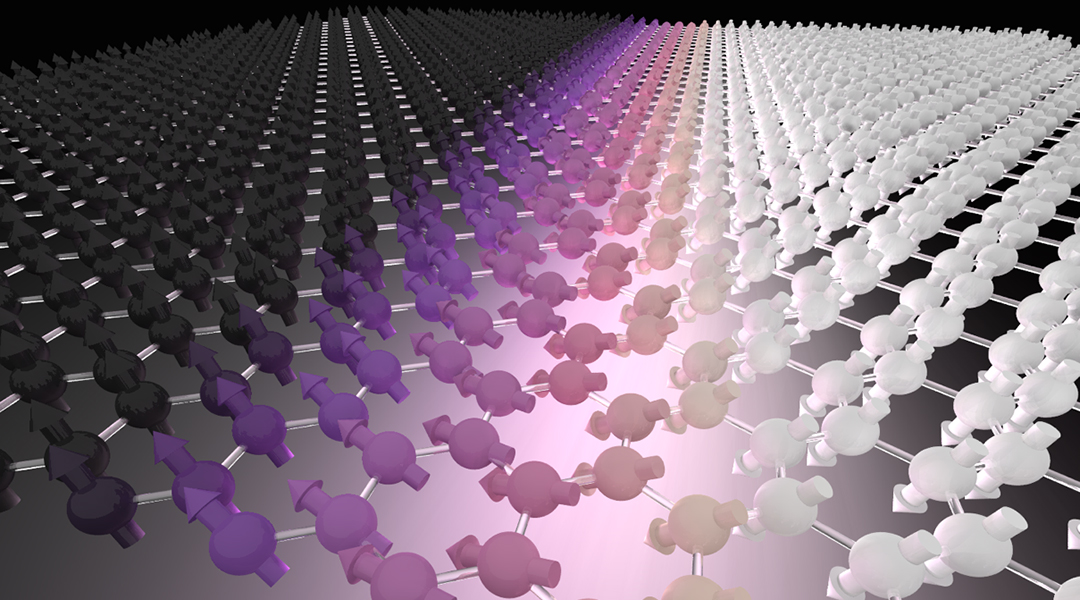
Using theoretical and experimental analysis, researchers aim to better understand the novel and intriguing magnetic properties of 2D materials for the next generation of information technologies.
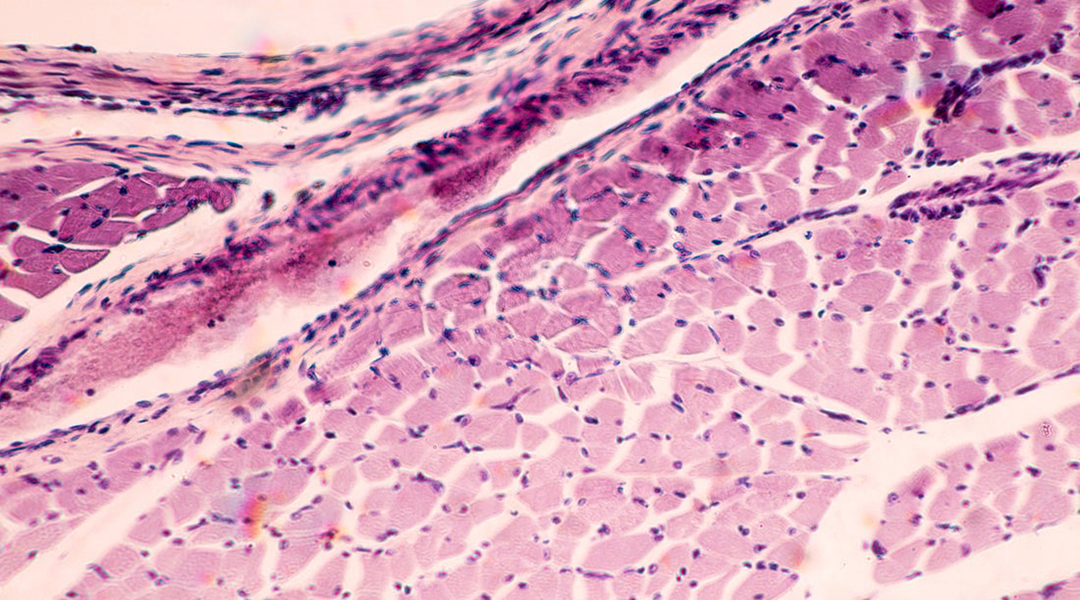
A new tissue regeneration strategy that employs direct cell reprogramming in combination with a new hybrid scaffold shows promise in proof-of-concept study.

Pre-folded bioadhesive patches could be the future for sealing wounds after keyhole surgery.
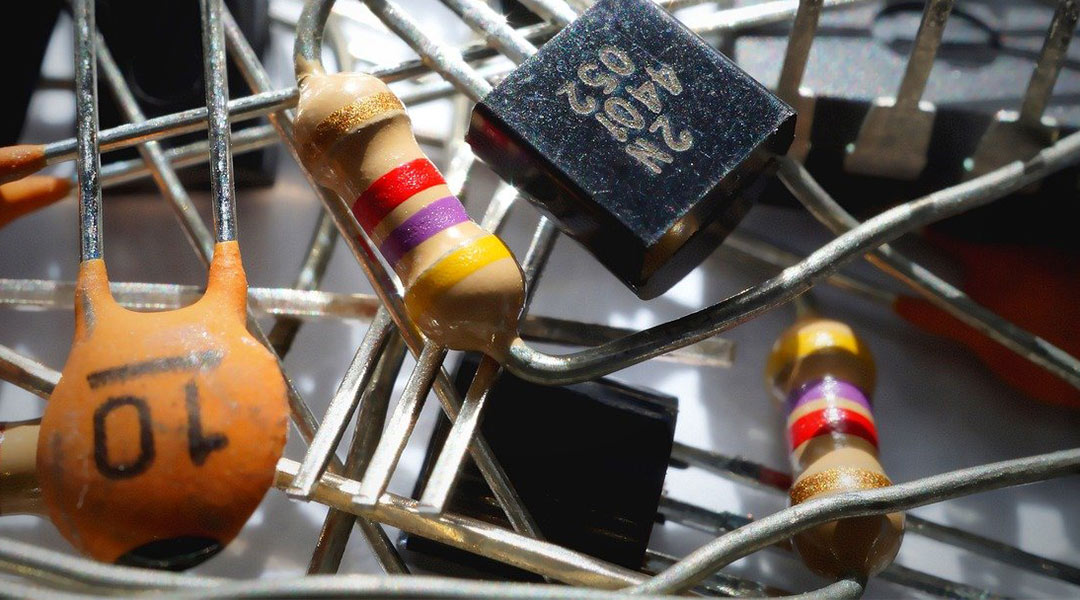
The Achilles heel of supercapacitors as energy storage devices, is gradually being overcome.
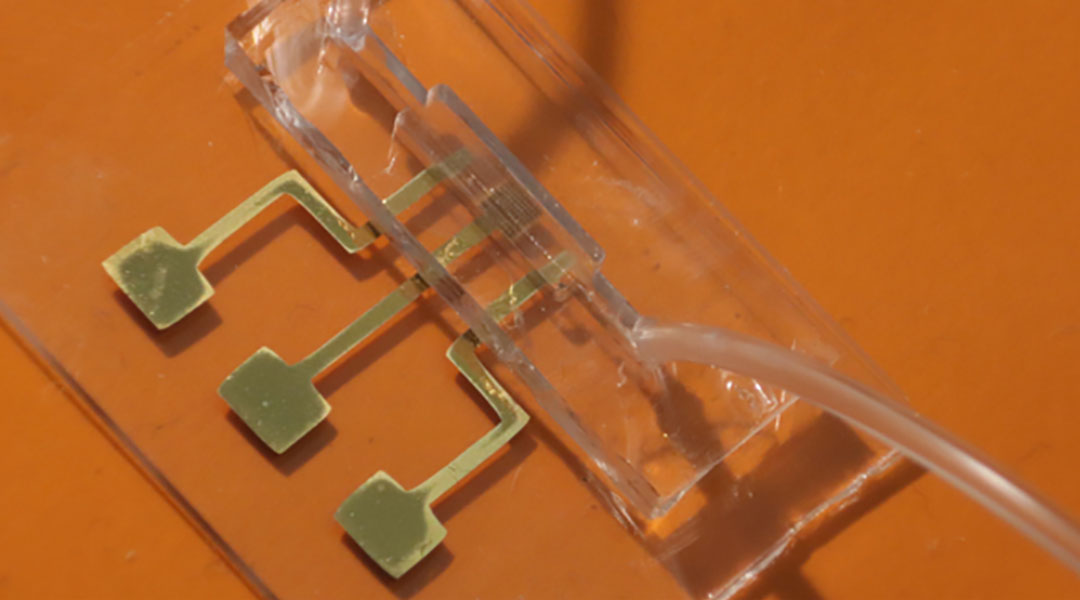
The testing platform identifies the presence of two antibodies in microliter samples of blood.

A new light-sensitive polymer resin gives researchers more control over 3D-printed objects.